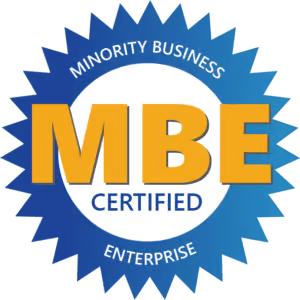Board Engagement and Systems
Program Overview
Meeting 3 – Board Engagement and Systems
The Board Engagement and Systems training is designed to equip boards with essential knowledge and skills related to effective board engagement and establishing crucial systems. This section comprises four key areas:
- Budget Approval: Emphasizing the board’s fiduciary role, this area highlights the importance of board approval for the annual budget. Staff, in collaboration with the finance committee, develop the budget and present it to the board. The board ensures that the budget aligns with the organization’s strategic direction and promotes long-term fiscal health.
- Chief Executive Job Description: Recognizing the significance of a well-defined chief executive role, this area emphasizes the board’s responsibility to develop a written job description for the chief executive. Collaboratively defining annual expectations with the chief executive enables clear accountability and performance assessment.
- Chief Executive Evaluation: Highlighting the importance of evaluating the chief executive’s performance, this area stresses the need for a comprehensive and written evaluation process involving the full board. Clear expectations, agreed upon between the board and the chief executive, form the basis of the evaluation. The full board’s participation ensures diverse perspectives and 360-degree feedback from the organization’s leadership team provides valuable insights.
- Audit: Addressing financial oversight, this area emphasizes the board’s responsibility to select an auditor and conduct an annual audit for charitable organizations with $1 million or more in revenue. The board should engage in an executive session with the auditor, without staff present, to discuss the results. The decision to conduct an independent audit should be based on assessing potential benefits and costs. For organizations conducting audits, it is recommended to establish a separate audit committee or task force to handle the additional responsibilities of fiscal oversight.
By covering these four areas, the Board Engagement and Systems section of the training program equips boards with the necessary tools to effectively engage in budget approval, define the chief executive’s role, conduct evaluations, and ensure proper financial oversight through audits. This comprehensive training enables boards to strengthen their governance practices, promote accountability, and advance the long-term success of their organizations.
















